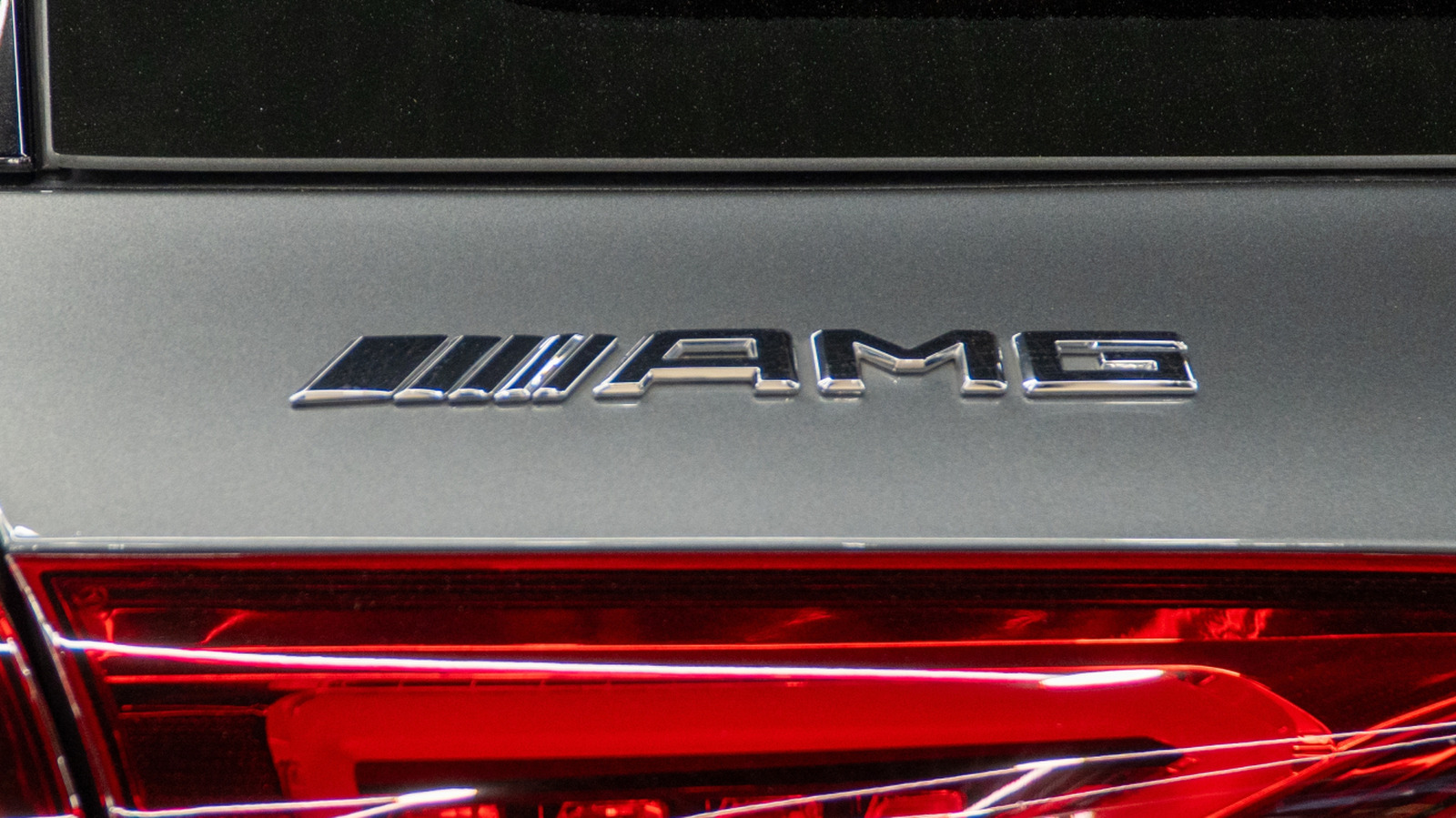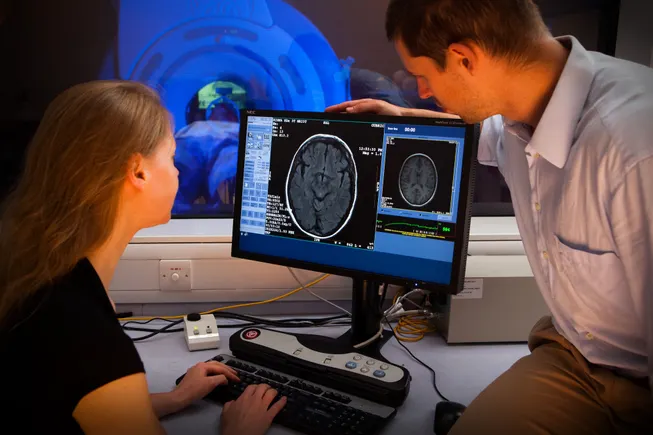Tuning Cation (Dis)Order in Cr‐Based Li‐Excess Oxide Cathode Materials to Improve Li+ Transport Properties
Advanced Energy Materials, EarlyView.

Partially disordered Cr-based Li-rich oxides are developed, featuring ordered, layered-like environments integrated through a common oxygen sublattice with cation-mixed regions. This activates new Li+ diffusion channels, enabling these cathodes to be used in their as-synthesized form with micron-sized particles. Proper tuning of the d
0 cation content is demonstrated to control the degree of disorder and to stabilize voltage profiles.
Abstract
Li-excess disordered rocksalts (DRXs) hold promise as next-generation cathodes for Li-ion batteries due to their high capacity and energy density, along with the potential to eliminate the need for Co and Ni. However, due to their low Li+ diffusivity, DRXs need to be pulverized into nanoparticles to achieve high performance. Herein, a new strategy for overcoming this limitation is demonstrated, involving the design of as-synthesized partially disordered oxides with a structure that lies between ordered layered and fully disordered, exhibiting a varying degree of local (dis)order. This unique structure activates new Li+ diffusion channels, improving percolation and transport properties. This strategy allows a large content of Li+ to be accessed in material with large, micron-sized particles through highly reversible Cr3+/6+ and O redox, yielding a first discharge capacity of 286 mAh g−1 (881 Wh kg−1). The Li+ percolation network is further improved by substituting Ti with a mixture of multiple metals, which appears to locally decrease the migration barrier through lattice distortion. Proper tuning of the chemical composition, especially the content of metals with empty d orbitals, is established as a crucial factor for controlling the degree of disorder and mitigating voltage fade and hysteresis growth upon cycling.



















































































![The American contingent and Turkey’s autonomy goals: Paris Air Show Day 3 [Video]](https://breakingdefense.com/wp-content/uploads/sites/3/2025/06/Wednesday-Wrap.00_00_32_21.Still001.png?#)
![A look at the jets flying high above the Paris Air Show [PHOTOS]](https://breakingdefense.com/wp-content/uploads/sites/3/2025/06/Rafale_02-scaled-e1750268097167.jpg?#)























































